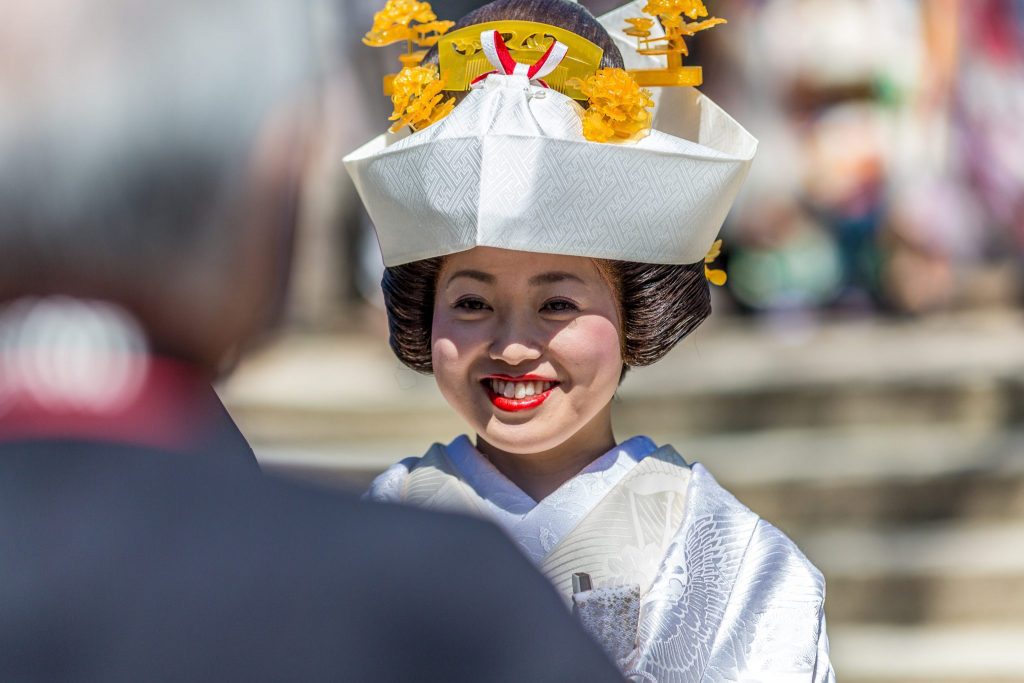Skift Take
Japan wants to attract more luxury travelers. That sounds rich, considering a Japan holiday is for most people a luxury trip. But having more arrivals without a corresponding increase in tourism dollars is indeed vexing — just ask Singapore — and Japan is right in trying to redress it.
Much has been heard about Japan's goal of hitting 40 million international arrivals by 2020, the year it hosts the Olympics Games in Tokyo. Yet little has been said of the country's aim to increase visitor expenditure by 80 percent to $74 billion (eight trillion yen) in 2020, from $41 billion (4.5 trillion yen) last year spent by 31.2 million visitors.
The government wants to address an "imbalance" of Japan welcoming more foreign arrivals but not necessarily more spending, according to Daisuke Kobayashi, deputy manager Global Projects, Japan National Tourism Organization (JNTO), interviewed at ILTM Asia Pacific in Singapore last week.
A case in point: arrivals from Taiwan rose from 4.2 million in 2016 to 4.8 million in 2018, but spending remained flat at $1,181 (128,000 yen) last year, in fact lower than the overall average spend per person of $1,412 (153,000 yen).
In general the same pattern of higher arrivals but fairly flat per capita expenditure resonates through key Asian markets for Japan such as China, Hong Kong, Singapore, and Indonesia.
Asia accounts for 75 percent of Japan's arrivals, and many are repeat visitors. "They know how to get around in Japan and how to save costs," said Kobayashi.
More than 60 percent of total arrivals to Japan are repeat visits. Asian markets such as Hong Kong, Taiwan, South Korea, and Singapore in particular have high repeaters although repeat travelers are increasing in every market, he said.
Intensive Campaign
To enlarge the tourism coffers, Japan Natio


